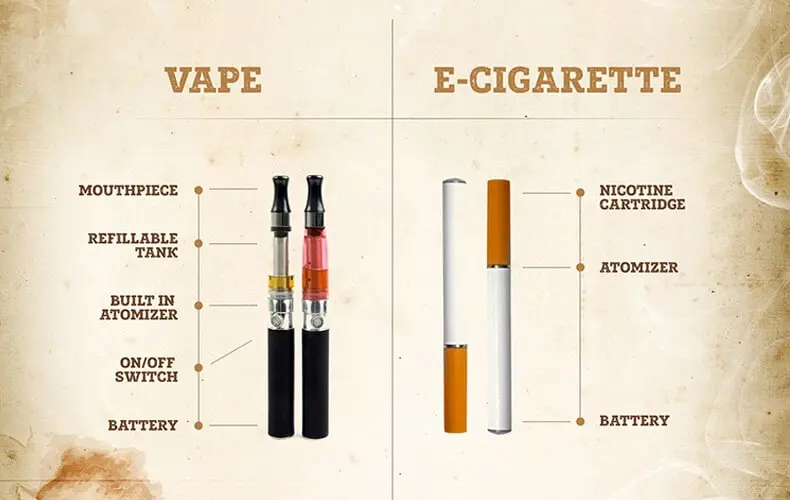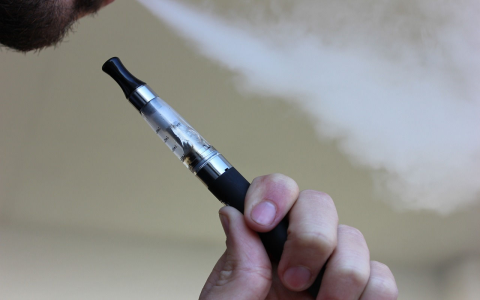Electronic cigarette “smoke,” more accurately termed vapor, is an aerosol produced by heating a liquid (e-liquid) within the device.
Composition
- Propylene Glycol (PG) and Vegetable Glycerin (VG): These are the primary base liquids. PG provides a throat hit similar to traditional cigarette smoke, while VG produces denser vapor clouds.
- Nicotine: While not all e-liquids contain nicotine, many do. The concentration varies, allowing users to control their intake.
- Flavorings: A wide array of chemicals are used to create different flavors. These are generally food-grade, but their safety when inhaled long-term is still under investigation.
- Other Chemicals: Depending on the device and e-liquid, vapor can contain trace amounts of metals (from the heating element), carbonyl compounds (like formaldehyde and acetaldehyde), and ultrafine particles.
What it is Not
- It is not smoke. There is no combustion involved.
- It doesn’t contain tar or carbon monoxide, which are major components of traditional cigarette smoke.
Important Considerations
While often considered less harmful than traditional cigarette smoke, e-cigarette vapor is not harmless. The long-term health effects of inhaling the chemicals present in e-cigarette vapor are still being studied. Furthermore, nicotine is addictive and can have negative health consequences, especially for adolescents.











